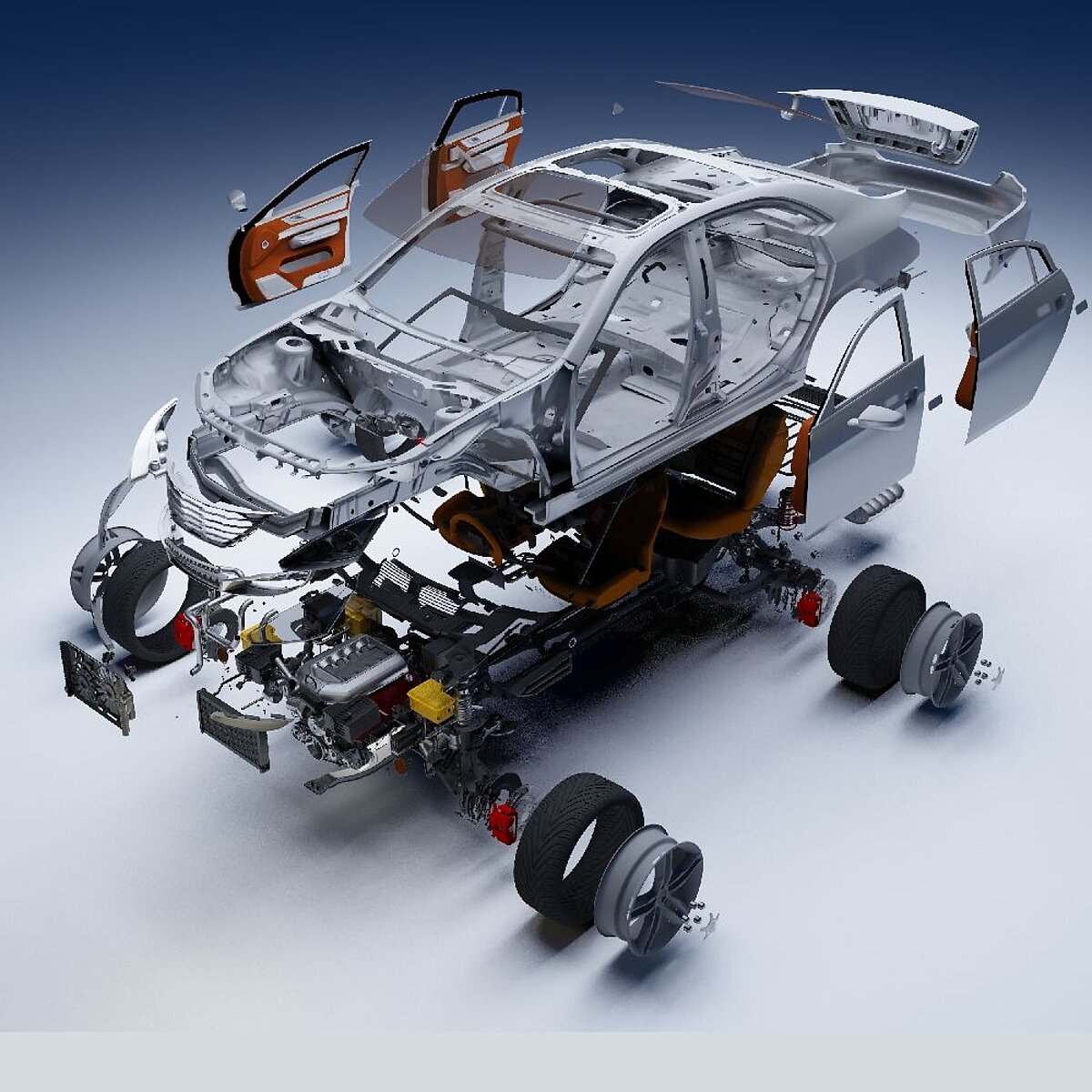The effort required for the design of forming tools is therefore constantly growing. Both the geometries of the sheet metal parts and the purely mechanical functions of tools are becoming increasingly complex. More and more high-strength steels and aluminum materials are being used, for whose deep-drawing properties only limited empirical values are available.
Thermoforming simulation

This is where thermoforming simulation finds its greatest application. In this way, statements about feasibility, effort and process reliability can be made in advance of the process design. It is an indispensable tool in method planning for reducing costs and development time.
Process analyses for workpiece-specific statements
The virtual process analyses result in the following workpiece-specific statements:
- Process parameters such as drawing machine geometry incl. position of the drawing strips
- machine parameters such as blank holder pressure and drawing force distribution
- expected wrinkles and tearing
- sheet thickness, strain and stress distribution
- blank dimensions
Application parameters such as forming degree, run-in radius or drawing speed as well as forming and blankholder force can be optimized in the deep drawing simulation on the computer long before the die has been designed and installed in the press.
Application areas of thermoforming simulation
- single and multi-stage deep drawing processes
- folding, hemming
- trimming, punching
- Stretch drawing
- Stretch-forming
- Thick sheet forming
- hydroforming
- Determination of printing clichés of printed metal packaging